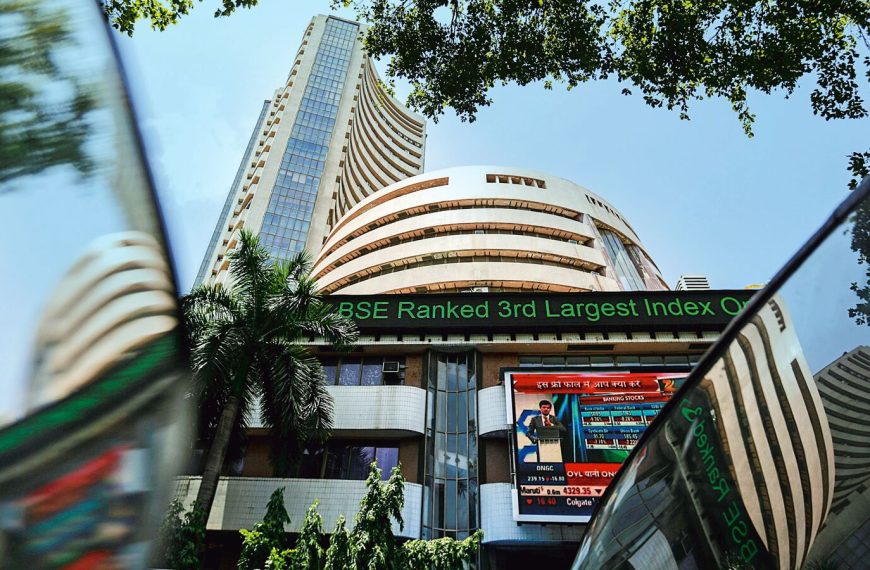The recent plunge in the Stoxx 600 Banks Index has sent shockwaves through the financial sector, marking its steepest decline since March 2020. On Friday, this index dropped by as much as 10%, heavily influenced by the downward spirals of major players like Societe Generale SA, UniCredit SpA, Banco Santander SA, and BNP Paribas SA. As concerns about an economic slowdown mount, investors are pivoting towards more defensive assets, particularly utilities.
Banking Sector Faces Challenges
The recent downturn in banking stocks highlights a shift in investor sentiment, particularly following the 20% tariffs imposed by the US on the European Union. This tariff action has led many to reassess their portfolios, resulting in a notable rise in utility stocks while banks take a hit.
- Key Factors Contributing to the Decline:
- Economic recession fears prompting a reevaluation of banking stocks.
- Major banks experiencing significant losses, with Morgan Stanley down 6.9% and Bank of America Corp. falling 4.9% during premarket trading.
The Bright Side: Year-to-Date Performance
Despite the recent turmoil, the banking sector in Europe has shown resilience, boasting an increase of over 6% so far this year. This growth comes on the heels of an impressive streak, with banks wrapping up their tenth consecutive quarter of gains—a feat not seen since before the global financial crisis.
Gilles Guibout, head of European equities at AXA IM, believes that while banking stocks currently face challenges, they still possess attractive characteristics:
- Strong capital positions
- Comparatively low valuations
- Average dividend yields of 6%
Future Outlook for Banking Stocks
However, the sustainability of these gains hinges on the broader economic landscape. Should growth in the region falter, investors will be looking to the European Central Bank for possible rate cuts. It’s important to note that lower interest rates could diminish net interest income, which has been a primary revenue source for banks over the past couple of years.
Guibout emphasizes the need for investors to differentiate between banks:
- Well-diversified banking groups that are less vulnerable
- Those heavily reliant on net interest income, which are more exposed to economic downturns
As the financial markets navigate this uncertain terrain, understanding the dynamics of the banking sector will be crucial for investors aiming to make informed decisions.











